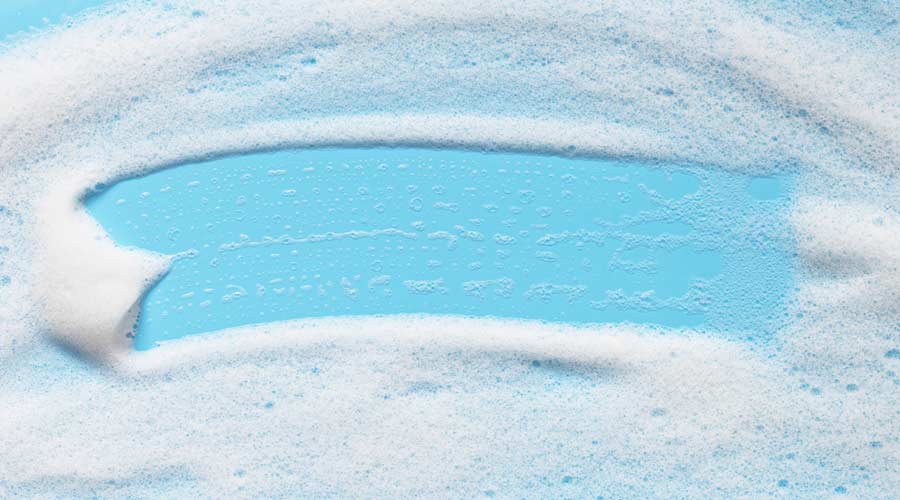 Case Studies & White Papers
Case Studies & White Papers
Case studies & white papers for the cleaning professional
Infection Control: Steam Vapor Faster and More Effective Than Conventional Disinfectants
A recent University of Michigan study has demonstrated that the Advanced Vapor Technologies’ MondoVap 2400 steam vapor device equipped with a Thermal Accelerated Nano Crystal Sanitation (TANCS) water treatment module, rapidly and effectively destroys microbial biofilms; those sticky, often invisible films formed by bacteria and other germs to colonize surfaces and protect themselves from attack by disinfectants and other antimicrobial agents.
Chuanwu Xi, PhD, Assistant Professor in the Department of Environmental Health at the University of Michigan and his research team found that treated steam from a novel steam disinfection system utilizing TANCS technology rapidly kills highly resistant biofilms with greater than 99.95 percent killing efficiency in a 3 second treatment, and to a non-detectable level in a less than 10 second treatment.
“Scientific studies have found that biofilms can be up to 1000 times more resistant to biocide inactivation than are suspended microbes,” said Dr. Xi. “It is extremely difficult to get rid of biofilms and kill them. The efficacy of the steam vapor system is important because even strong chemical disinfectants such as bleach when allowed 20 minutes of dwell time did not achieve the same degree of kill that the TANCS-equipped unit accomplished in three seconds.”
The MondoVap with TANCS technology uses only tap water to generate steam for cleaning and killing biofilms without leaving chemical residue. The low-moisture 6% steam leaves surfaces dry and those areas can be returned to service almost immediately while reducing slip and fall hazards.
“This device is one of the very promising technologies that combine both rapid physical dispersal and disinfection functions. The dry steam generated can easily break the barrier of biofilm structures and kill cells inside the biofilms. It also does so without polluting the environment or risk of creating antibiotic-resistant bacteria. The technology should have a wide application in a variety of facilities,” Xi concluded.

 The Down and Dirty on Cleaning in Virus Season
The Down and Dirty on Cleaning in Virus Season How Surfactant Use is Expanding in Commercial Cleaning
How Surfactant Use is Expanding in Commercial Cleaning Operational Excellence Series 2025: Better Budgeting
Operational Excellence Series 2025: Better Budgeting